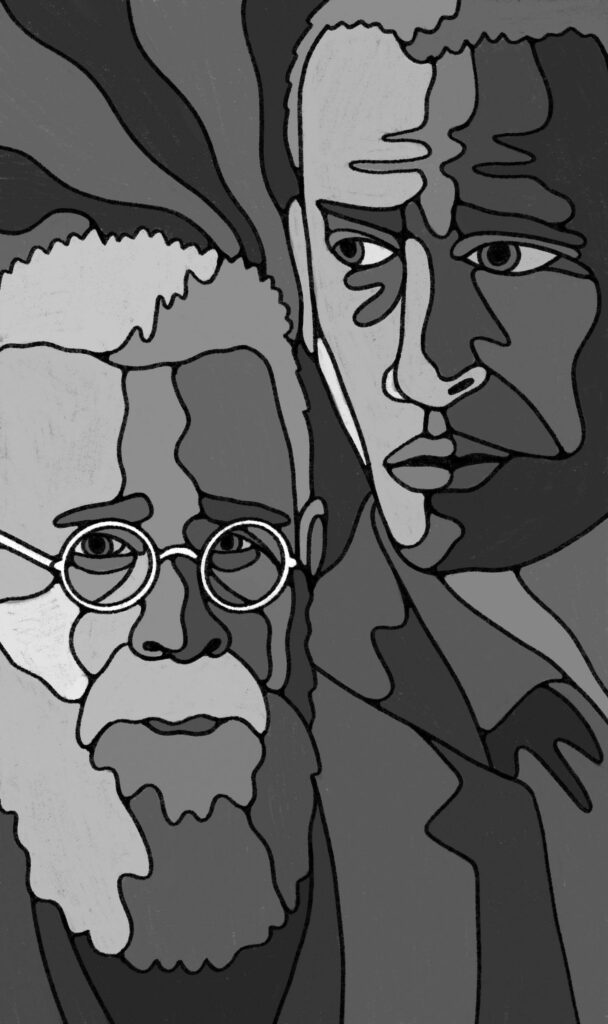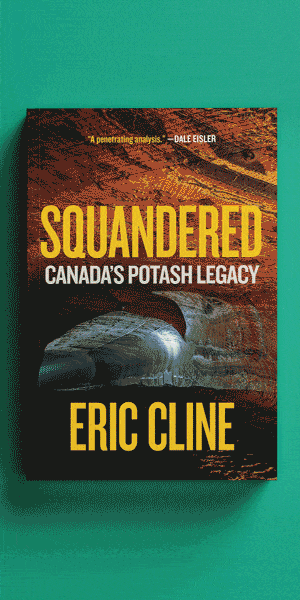Bob Dylan was just shy of his twenty-first birthday in the spring of 1962 when he strode into the Columbia Records studios in New York City to begin recording his second album. His first, released a month earlier to lukewarm reviews and sluggish sales, consisted mostly of adaptations of well-worn folk songs. The new album, eventually titled The Freewheelin’ Bob Dylan, would be different: Dylan wrote eleven of the thirteen tracks chosen for the record; all but one feature no accompaniment other than the artist himself on guitar and harmonica.
The album was a critical and commercial success, selling upwards of a million copies. Tracks such as “Blowin’ in the Wind” and “Don’t Think Twice, It’s All Right” became classics of American songwriting. The Freewheelin’ Bob Dylan heralded a major talent and inspired untold legions of spinoffs: aspiring musicians who figured if Dylan could write and perform his own songs, they could too. By the end of the decade, “singer-songwriter” described not only individual artists but an entire genre of popular music in North America. Its leading lights included James Taylor, Carole King, Paul Simon, John Prine, and the Canadian expats Joni Mitchell and Neil Young. Prominent stay-at-home Canadians included Gordon Lightfoot, Leonard Cohen, Murray McLauchlan, and the duo Ian & Sylvia. A measure of the genre’s sway: C. F. Martin, the iconic American guitar company, saw its production of acoustic models soar from just over 4,600 units in 1960 to more than 22,600 by 1971.

Cockburn and Heighton, à la Milton Glaser.
Alexander MacAskill
Dylan may have been the catalyst for the singer-songwriter explosion, but he wasn’t necessarily the first singer-songwriter spawned in the Greenwich Village folk scene in New York. Some musicologists contend the distinction belongs to an enigmatic woman named Connie Converse, who wrote and made home recordings of intensely personal songs in the mid-1950s. Although her songs are now admired for their candour and poetic economy, she was never able to fashion a career from them. Disillusioned, she quit music and moved to Michigan in 1961. Shortly after her fiftieth birthday in 1974, Converse set out in her VW Beetle for parts unknown and was never seen again.
An album of her home recordings was released in 2009. Its eighteen songs bear many of the hallmarks that would come to typify the singer-songwriter genre: an emphasis on lyrics more than musicianship; idiosyncratic vocals; emotional frankness; a sense that artist and listener are on intimate terms; and a preoccupation with relationships — that sweet, sorrowful continuum between “me” and “you.”
Today singer-songwriters come in all shapes and sizes, ranging from coffeehouse minstrels and angsty Zoomers on TikTok to megastars whose fans gladly pay a king’s ransom to see them in major venues. Taylor Swift, the biggest pop star on the planet, is a singer-songwriter. Perhaps she was fated to be. Her parents named her after an already famous Taylor: James.
Singer-songwriters who were cutting-edge half a century ago and managed to survive the excesses of youth are now in their seventies and eighties. The indefatigable Dylan is turning eighty-three this year. Advancing age has done little to diminish the ties that bind him and others to their fans — or the readiness of authors to champion their legacies. Case in point: a book about Bruce Cockburn, Canada’s most prolific living singer-songwriter, by a superfan dedicated to affirming the musician’s place among the premier singer-songwriters of his era.
After more than five decades of performing — with thirty-nine albums, thirteen Juno Awards, and nine honorary doctorates (including one for divinity) to his credit — you’d think Cockburn, who’ll turn eighty next year, would be well represented on booksellers’ shelves. But until recently, the pickings were limited to his 2014 autobiography, Rumours of Glory, and two light academic works. Mark D. Dunn, himself a singer-songwriter who teaches writing and music history at Sault College of Applied Arts and Technology, in Sault Ste. Marie, Ontario, had lots of room to manoeuvre — maybe a little too much — when he set out to write You Get Bigger As You Go seven years ago.
This is the first title from Fermata Press, a tiny publishing house focused on “quirky books about music.” You Get Bigger As You Go is certainly that, a labour of love that wanders from straight-ahead biography to literary history and aesthetic theory, from theology and psychology to mysticism and political theory. There are even tips on how to play the guitar, Cockburn-style. It’s an uneven work, scholarly one minute and too cute for words the next. Witness the author’s self-diagnosed affliction with “a dysregulated state brought on by the sudden realization that you are speaking with Bruce Cockburn.” Symptoms of the so‑called Bruce Effect include “selective mutism, tears, uncontrollable blathering, inappropriate non sequiturs, blank-eyed staring, rapid blinking, and wandering away mid-sentence while Mr. Cockburn wonders what the heck is wrong with you.” Harder-nosed editing here and elsewhere — Dunn’s tendency to refer to Cockburn by his first name, as if they’re pals, comes to mind — might have invested the book’s pages with a little more gravity.
The author’s fanboy lapses don’t reflect the serious homework he put into the project, however. Exhaustive interviews with Cockburn cover topics as wide-ranging as the creative process, his political activism and Christian faith, celebrity, and his curious affection for firearms. Dozens of other one-on-ones include such notables as his long-time manager Bernie Finkelstein, the guitarists Don Ross and Colin Linden, the electric violinist Hugh Marsh, and the Toronto luthier Linda Manzer, who has built guitars for Cockburn since the 1980s.
The centrepiece of the book is a deep plunge down the Cockburn rabbit hole, tracing his evolution as a songwriter with a song-by-song account of every studio album he’s recorded. Imagine liner notes on steroids. In all, the effort covers more than 250 tracks. With a couple of exceptions, Dunn likes every one of them. Some he really likes: “Closer to the Light,” from 1994, “may well be the greatest song ever written.”
For the past fifteen years, Cockburn has lived in San Francisco with his American wife and daughter. But I expect he maintains enough Canadian self-effacement to cringe at the author’s hyperbole — and perhaps enough Christian charity to forgive him for it. That said, there’s something endearing about Dunn’s zealous, sometimes goofy passion. His heart is in the right place, if his head isn’t always. Maybe Cockburn sensed this: sporting a shaggy white beard like Father Time himself, he seemed pleased to take part in the book’s launch last winter. Readers who are Cockburn fans, or who simply appreciate the spell that a singer-songwriter can cast, may well sense it too.
Steven Heighton’s legacy as a singer-songwriter consists of just twelve tracks recorded in 2021 and a dozen others written but not recorded before his unexpected death two years ago. A prolific and acclaimed poet and fiction writer who lived in Kingston, Ontario, Heighton began dabbling in songcraft in high school. In his early twenties, he busked his way across Australia. While studying at Queen’s University, he performed on campus and around town. Eventually, music took a back seat to poetry and raising a family, but, as his musical collaborator Ginger Pharand writes in the introduction to Songbook: The Lyrics and Music of Steven Heighton, it was never completely out of the picture. Convinced that “poetry was simply song by other means,” Heighton returned to serious songwriting in his fifties.
I’d never heard any of Heighton’s songs before I started listening to his one and only album, The Devil’s Share, on YouTube, while following the lyrics and chord changes printed in Songbook. Heighton sang in a robust baritone — think Leonard Cohen meets Tom Petty — and was a competent guitarist and clever tunesmith. But it’s the lyrics that stand out. No doubt the product of persistent revising and polishing, they sound (and read) effortless while voicing sharply drawn truths. Consider these lines from the album’s title song:
We’re making so much love now
We put extra in the bank
And though heaven takes the credit
It’s the devil you should thank
Or these from “Another Kind of Worse”:
Slip a slingblade in your pocket
Pack a pistol in your purse
Bomb those Persians in their mosque or
Shoot the shooter in our church
But when it comes to the inner fight
We’re all curiously averse
’Cause brother, we ain’t better
We’re just another kind of worse
Dozens of other examples in Heighton’s recorded legacy glisten with the same lyrical elegance. Yet his paltry YouTube viewer numbers suggest he remains all but unknown, at least as a singer-songwriter. Do yourself a favour: give Heighton’s songs a listen and his lyrics a read. The craftsmanship is a delight to behold — and a tantalizing hint of what might have been had cancer not silenced him so abruptly.
David Wilson has been playing guitar and singing for decades but has yet to write a song.

